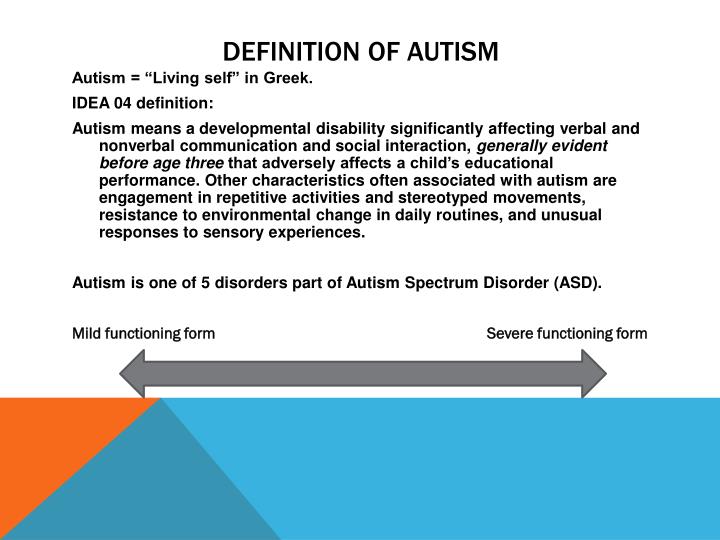


An existing study indicated that the ratio of FEV 1 to FVC usually ranges from 0.70 to 0.80 in adults and is greater than 0.90 in children. By means of measurement with a spirometer, the levels are often used for diagnosing the severity of pulmonary disorders and monitoring responses to treatment and intervention. This is a potential tool for self-estimation on FVC and FEV 1 for those who cannot conduct home-based spirometry.įorced vital capacity (FVC) and forced expiratory volume in one second (FEV 1) are the major components of the pulmonary function test with spirometry, where FVC refers to the maximum amount of air that can be exhaled when blowing out as fast as possible, and FEV 1 is the volume of air exhaled in the first second of FVC. The proposed system, consisting of hardware, application and algorithms was shown to provide pervasive assessment of the pulmonary function status with the 6MWT. Furthermore, the developed wristband prototype of the pulmonary function estimation system was demonstrated to provide effective self-estimation. FVC and FEV 1 before performing 6MWT were 0.2 ± 0.6 (L) and 0.1 ± 0.6 (L), respectively, and with a sensitivity (Sn) of 81.8%, a specificity (Sp) of 63.2% for obstructive lung diseases, while FVC and FEV 1 after performing the 6MWT were 0.2 ± 0.7 (L) and 0.1 ± 0.6 (L), respectively, with an Sn of 90.9% and an Sp of 63.2% for obstructive lung diseases. The estimated difference for PSD was-0.7 ± 9.7 (cm).

The predicted models of PSD, and FVC, FEV 1 with the 6MWT were created. These predicted formulas were then implemented in a wrist-worn device of the proposed pervasive estimation system. The significant variables were extracted to predict per step distance (PSD), forced vital capacity (FVC) and forced expiratory volume in one second (FEV 1). Pulmonary function test, walking steps, and physical status were measured before and after performing the 6MWT. A total of 60 subjects suffering from respiratory diseases aged from 25 to 90 were enrolled in the study. The study aimed to propose a pervasive spirometry estimation system with the six-minute walking test (6MWT), where the system with information management, communication protocol, predictive algorithms, and a wrist-worn device, was developed for pulmonary function. However, home spirometry fails to meet both accuracy and repeatability criteria in a satisfactory manner. Self-monitoring for spirometry is beneficial to assess the progression of lung disease and the effect of pulmonary rehabilitation.


 0 kommentar(er)
0 kommentar(er)
